In the month of May, two key anniversaries that spurred the Civil War into motion occurred between the United States and Mexico over a conflict that centered on Texas.
The Mexican-American War became the first large-scale success of a U.S. military force on foreign soil, according to the National Constitution Center.
The independent Republic of Texas established its independence from Mexico a decade before joining the U.S. as part of the nation’s embracing of Manifest Destiny.
President James K. Polk saw the Union’s acquisition of Texas, California, Oregon and seven other territories as spreading democracy over the continent. Mexico considered the annexation of Texas as an act of war.
After a series of border skirmishes and a failed offer to buy Texas and California from Mexico, on May 8, 1846, U.S. and Mexican troops clashed on the prairie of Palo Alto, Texas — the first battle in a two-year long war that changed the map of North America.
President Polk requested the U.S. Congress to go to war, which was declared on May 13, 1846.
![Exeter, New Hampshire, volunteers leaving for the Mexican War]; ca. 1846; Daguerreotype, quarter-plate;](https://www.gannett-cdn.com/presto/2023/05/11/USAT/c5e70ba8-f10c-417b-a175-af1bb8f6a7b0-carter_p1979-33_o2_19.jpg?width=461&height=410&fit=crop&format=pjpg&auto=webp)
![Street scene in Durango, Mexico, with the Church of Santa Ana and the Cerro de Mercado in distance]; ca. 1847; Daguerreotype, quarter-plate;](https://www.gannett-cdn.com/presto/2023/05/11/USAT/5de1e82f-67c2-4101-94d5-e99b1087d25b-carter_p1981-65-20_o2_13.jpg?width=548&height=410&fit=crop&format=pjpg&auto=webp)
![Unknown; [Burial site of Lieutenant Colonel Henry Clay, Jr.]; 1847; Daguerreotype with applied color, sixth-plate; Amon Carter Museum of American Art, Fort Worth, Texas; P1981.65.41](https://www.gannett-cdn.com/presto/2023/05/12/USAT/62a1eba7-ea31-4840-8956-4a032574851a-carter_p1981-65-41_o2_13.jpeg?width=507&height=410&fit=crop&format=pjpg&auto=webp)
The mostly-volunteer U.S. military secured control of Mexico after a series of battles, and the Treaty of Guadalupe Hidalgo was signed on February 2, 1848. Two years after the war had begun, on May 26, 1848, both sides ratified the peace treaty that ended the conflict, and the territorial size of Mexico was cut in half.
The pact set a border between Texas and Mexico and ceded California, Nevada, Utah, New Mexico, most of Arizona and Colorado, and parts of Oklahoma, Kansas, and Wyoming to the U.S.
The acquisition of this expansive territory with the issue of slavery unresolved “lit the fuse that eventually set off the Civil War in 1861,” according to the Palo Alto Battlefield National Historical Park.
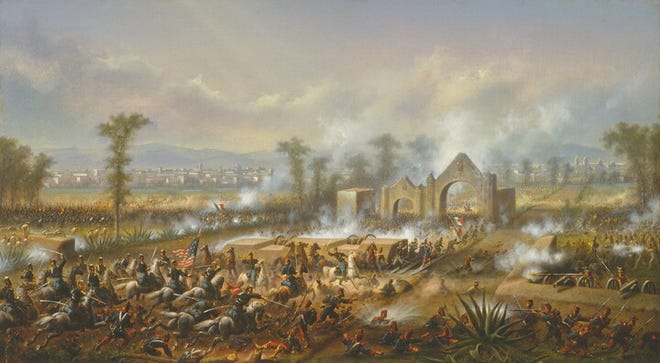
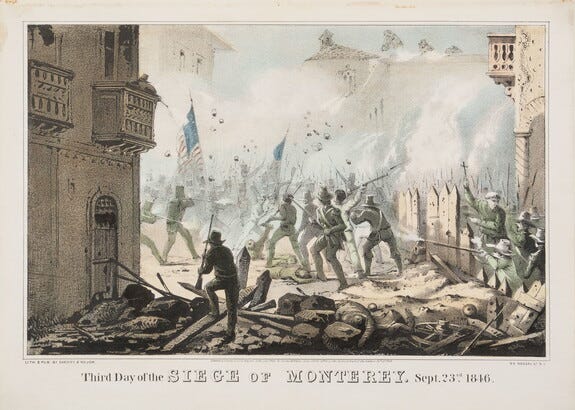
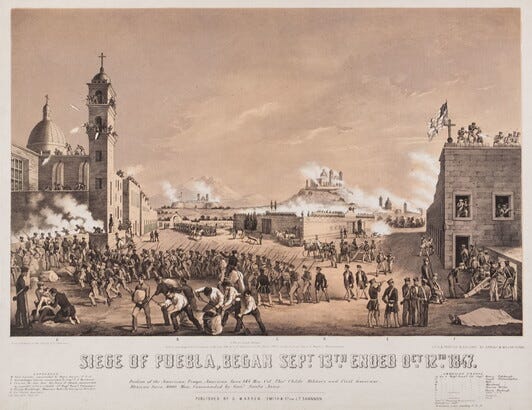
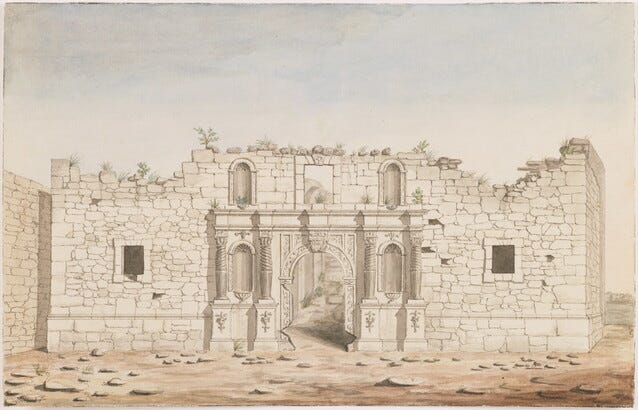
![Unknown; [General Wool and Staff in the Calle Real, Saltillo, Mexico]; ca. 1847; Daguerreotype, sixth-plate; Amon Carter Museum of American Art, Fort Worth, Texas; P1981.65.22](https://www.gannett-cdn.com/presto/2023/05/12/USAT/952fd707-eefd-4339-bc96-acd3ea97f4dd-carter_p1981-65-22_o2_15.jpeg?width=496&height=410&fit=crop&format=pjpg&auto=webp)
![Unknown; [View along a street in Saltillo, Mexico]; ca. 1847; Daguerreotype, quarter-plate; Amon Carter Museum of American Art, Fort Worth, Texas; P1981.65.23](https://www.gannett-cdn.com/presto/2023/05/12/USAT/bb10fcd4-8aa9-48bc-b14a-11c124654b44-carter_p1981-65-23_o2_13.jpeg?width=564&height=410&fit=crop&format=pjpg&auto=webp)
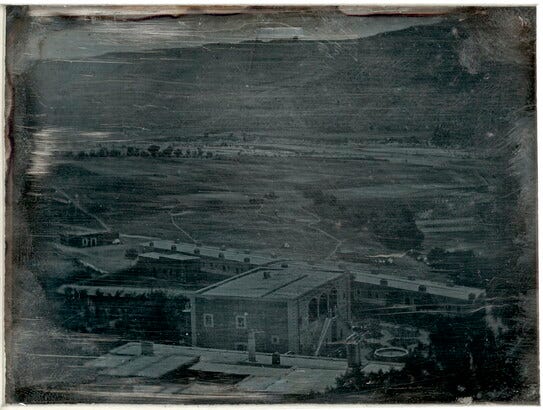
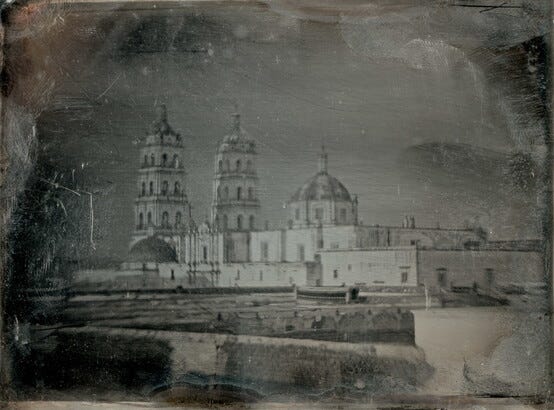

More coverage by USA TODAY
World War I: Photos of the ‘Great War’ that shaped the twentieth century
‘We knew that our end had come’: 80 years later, remember the Warsaw Ghetto Jewish uprising
‘You caused this’: As Finland joins NATO, see the 1939 Soviet-Finnish War amid Russia’s ‘retaliatory’ threats
50 years since US combat troops pulled out of South Vietnam: Look back in photos
SatanCon: World’s ‘largest gathering of Satanists’ hails diversity, fellowship
Debutante balls, sweaty gyms and outrageous promposals: Photos tell America’s prom story

